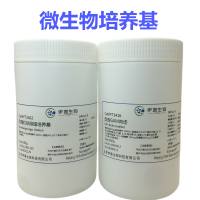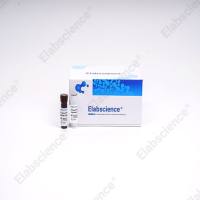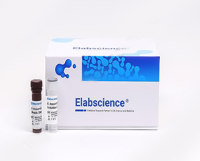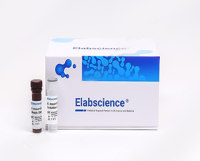Luteovirus Isolation and RNA Extraction
互联网
419
Most known luteoviruses can be placed in one of two subgroups as defined by serological relationships and genome organization (ref. 1 ; see Fig. 1 ). Subgroup I is represented by three strains of barley yellow dwarf virus (BYDV-PAV, BYDV-MAV, and BYDV-SGV). Subgroup II includes potato leaf roll virus (PLRV), beet western yellows virus, and two additional strains of BYDV (BYDV-RPV and BYDV-RMV). Soybean dwarf virus has genomic properties of both subgroups (2 ) and there are other luteoviruses of uncertain affinity (1 ). A wide range of variants exist, especially among the BYDVs. As a group, the luteoviruses infect both monocotyledonous and dicotyledonous plants, but the BYDVs apparently infect only monocots. Purification procedures are presented for isolating BYDV from a monocot and PLRV from a dicot. The procedures currently used in our laboratories are designed to overcome similar problems and so have common features, and each can be further optimized for work with specific strains or isolates (3 ,4 ). A procedure has been described that was effective in purifying six different luteoviruses representing both subgroups, and from both monocot and dicot plant tissues (5 ). A single procedure is presented for isolating RNA from purified virions, although several methods of RNA extraction are applicable (6 ).









